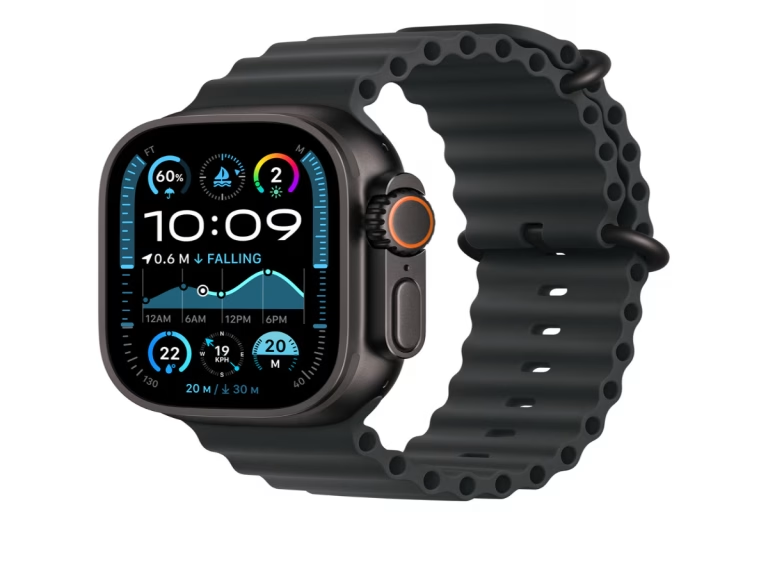In the evolving landscape of health technology, the Apple Watch has emerged not just as a fitness tracker, but as a potential life-saving device. From monitoring heart rhythms to detecting falls, its functionality goes far beyond telling time. In recent years, numerous anecdotal reports and early research suggest that the Apple Watch may even play a role in detecting early signs of cancer, alerting wearers to abnormal health metrics that warrant medical attention. While the device isn’t designed to diagnose diseases, its advanced sensors and health features have triggered early intervention for many users — some even discovering cancers at treatable stages.
The Apple Watch: More Than Just a Fitness Tracker
![]()
Since its debut in 2015, the Apple Watch has integrated a wide array of health features. These include:
- Heart rate monitoring
- ECG (electrocardiogram) detection
- Blood oxygen level tracking
- Sleep analysis
- Irregular rhythm notifications
- Menstrual cycle tracking
All these tools contribute to a more comprehensive understanding of a user’s day-to-day health. While these features were primarily developed for fitness and cardiovascular monitoring, their capabilities have proven to be valuable in detecting health anomalies that go deeper — including those related to cancer.
Real-Life Cases: How the Apple Watch Prompted Cancer Diagnosis
There are several widely shared stories where Apple Watch users credited the device for saving their lives — not by diagnosing cancer, but by indicating something was wrong.
Abnormal Heart Rate and Thyroid Cancer
A woman in Oklahoma received multiple warnings from her Apple Watch that her resting heart rate was unusually high, despite no physical activity. Concerned, she consulted her doctor, leading to the discovery of thyroid cancer. The tumor was in an early stage, allowing for successful treatment.
Low Blood Oxygen and Lung Cancer
A man in the UK noticed his Apple Watch repeatedly flagging low blood oxygen levels. Initially brushing it off, he later went for a medical evaluation. Tests revealed early-stage lung cancer — and again, because of early detection, doctors were able to intervene before the disease progressed significantly.
Persistent Notifications and Leukemia
In another instance, a user received consistent high heart rate notifications without any clear cause. This prompted blood work and follow-ups, eventually leading to a diagnosis of leukemia, a type of blood cancer. Early symptoms of leukemia include fatigue and heart irregularities — both of which can be flagged by wearables.
How Does the Apple Watch Detect Health Anomalies?
Although the Apple Watch cannot detect cancer directly, it excels at identifying abnormal physiological changes such as:
- Elevated resting heart rate
- Irregular rhythms (e.g., atrial fibrillation)
- Decreased blood oxygen saturation
- Sudden drops in activity or movement
These abnormalities may signal an underlying issue, which could include infections, chronic diseases, or in rare cases — cancer. The device works by continuously gathering biometric data, establishing a personal baseline, and notifying the user when readings deviate significantly.
Medical Experts Weigh In
Healthcare professionals caution that the Apple Watch should not be used as a diagnostic tool. However, they acknowledge its value in early detection and preventive healthcare.
According to Dr. Sumbul Desai, Apple’s Vice President of Health, “Our goal is to empower users with more information about their health so they can make informed decisions and seek care when necessary.” She emphasizes that while the Apple Watch provides valuable insights, it should complement, not replace, professional medical evaluations.
The Future of Wearable Health Technology
The integration of wearable technology into healthcare is a growing trend. Devices like the Apple Watch are becoming more sophisticated, with features that monitor a range of health metrics. Future advancements may include:
- Continuous glucose monitoring for diabetics
- Advanced sleep apnea detection
- Real-time stress level assessments
As technology evolves, the potential for wearables to aid in early disease detection, including various forms of cancer, becomes increasingly promising.
The Apple Watch has transcended its role as a mere accessory, becoming a valuable tool in the realm of personal health monitoring. While it doesn’t diagnose diseases, its ability to detect anomalies in vital signs has led to early medical interventions, potentially saving lives. As wearable technology continues to advance, its role in preventive healthcare and early disease detection is likely to expand, offering users a proactive approach to their well-being.

